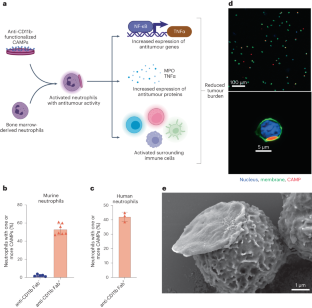2024-03-18 ワシントン大学セントルイス校
<関連情報>
- https://source.wustl.edu/2024/03/washu-engineers-manage-a-first-measuring-ph-in-cell-condensates/
- https://www.cell.com/cell/fulltext/S0092-8674(24)00232-0
高分子凝縮体が核小体を組織化してpH勾配を形成する Macromolecular condensation organizes nucleolar sub-phases to set up a pH gradient
Matthew R. King,Kiersten M. Ruff,Andrew Z. Lin,…,Emma Lundberg,Michael D. Vahey,Rohit V. Pappu
Cell Published:March 18, 2024
DOI:https://doi.org/10.1016/j.cell.2024.02.029
Highlights
•Nucleolar IDRs are enriched in D/E tracts and K-blocks interspersed by E-rich regions
•Specificity of complex coacervation and hydrophobicity organize nucleolar layers
•Binding of protons to D/E tracts sets up pH gradients between nucleoli and nucleoplasm
•Condensate-specific pH values in the nucleus correlate with mean net charge of IDRs
Summary
Nucleoli are multicomponent condensates defined by coexisting sub-phases. We identified distinct intrinsically disordered regions (IDRs), including acidic (D/E) tracts and K-blocks interspersed by E-rich regions, as defining features of nucleolar proteins. We show that the localization preferences of nucleolar proteins are determined by their IDRs and the types of RNA or DNA binding domains they encompass. In vitro reconstitutions and studies in cells showed how condensation, which combines binding and complex coacervation of nucleolar components, contributes to nucleolar organization. D/E tracts of nucleolar proteins contribute to lowering the pH of co-condensates formed with nucleolar RNAs in vitro. In cells, this sets up a pH gradient between nucleoli and the nucleoplasm. By contrast, juxta-nucleolar bodies, which have different macromolecular compositions, featuring protein IDRs with very different charge profiles, have pH values that are equivalent to or higher than the nucleoplasm. Our findings show that distinct compositional specificities generate distinct physicochemical properties for condensates.
Graphical abstract



